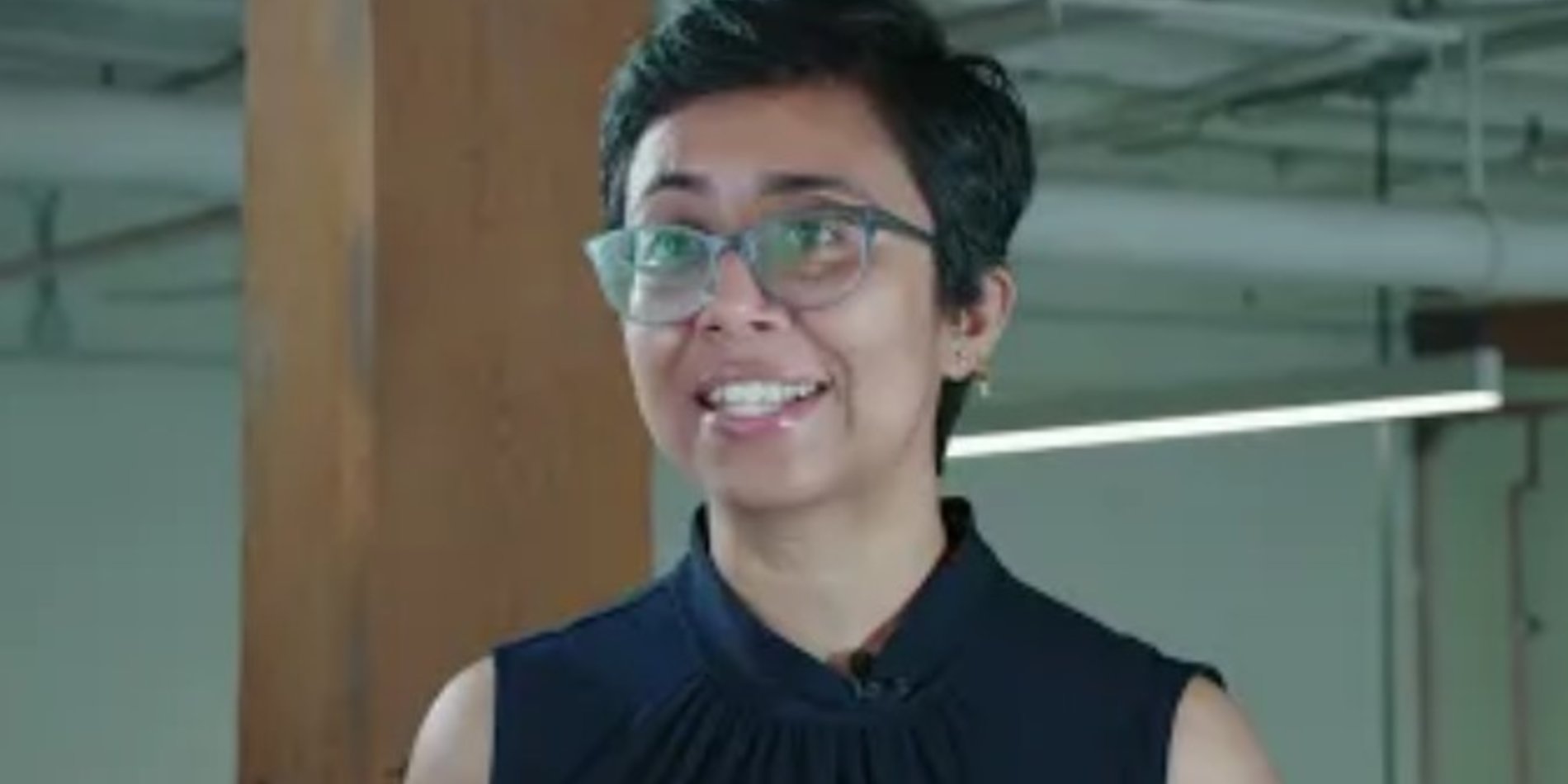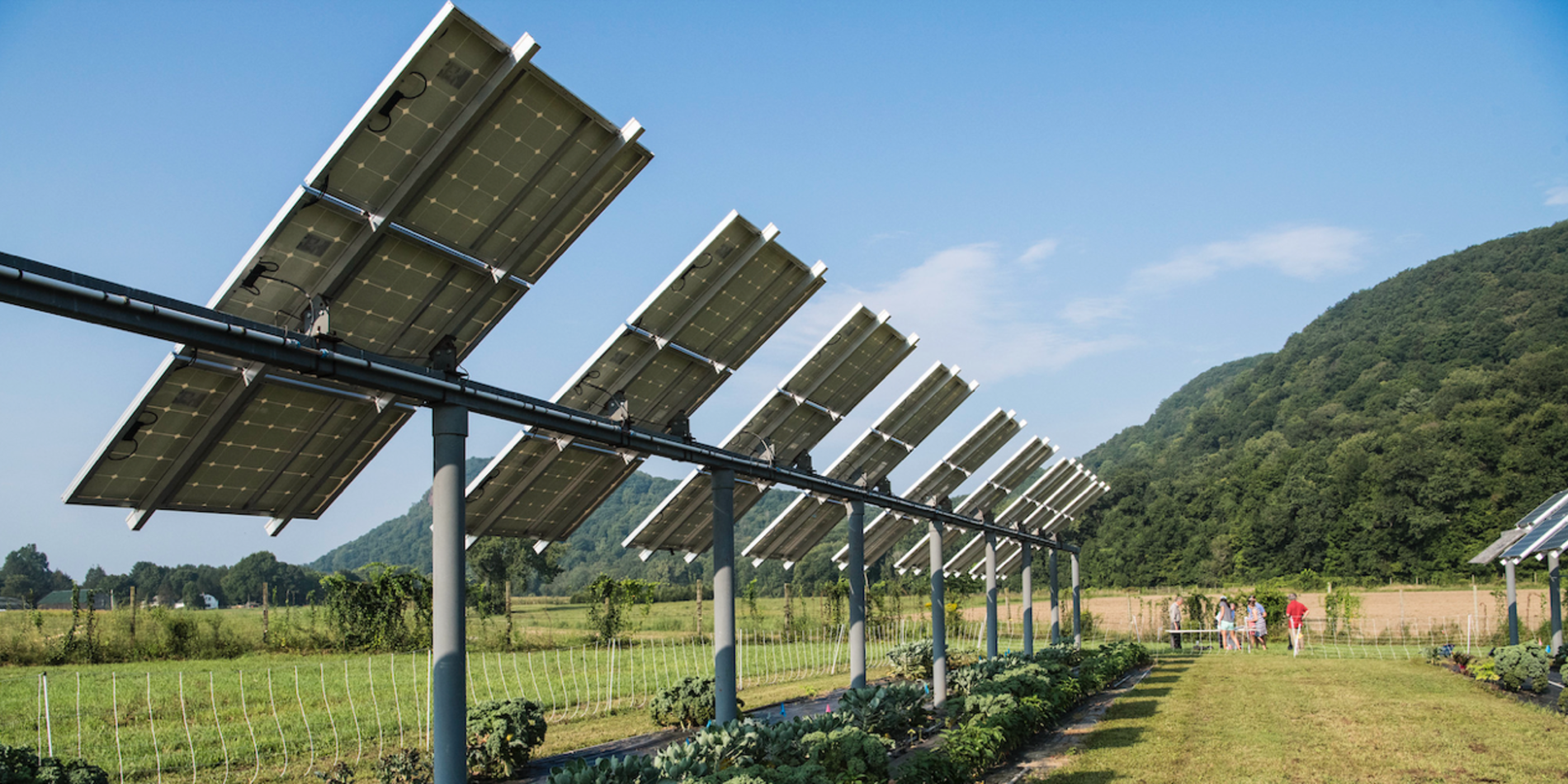A Delicate Balance
The hunt for better batteries has a history of failed businesses—flickers of ideas that blazed and fizzled within a few short years. Scores of startups have gone belly up, hundreds of millions of dollars invested and lost.
So, when Richard Wang, PhD ’16, and Mauro Pasta, PhD, first began discussing their concept for an improved lithium-ion battery, they did it with eyes wide open. As a graduate student and postdoctoral scholar at the time, they would talk strategy while working together in Professor Yi Cui’s research group.
“We realized all the many pitfalls in the industry,” says Wang. The biggest one? Price.
Batteries are what Wang calls a highly commoditized market. Because lithium-ion batteries have been around for 25 years, they are now quite affordable. Consumers and electronics manufacturers have a fixed amount they are willing to spend, which means that even if a new battery technology has much better performance, it’s unlikely to be adopted if the price point is higher.
Because of this mismatch between the arc of innovation and the cost customers are willing to pay, battery startups have often stayed afloat only with significant funding from federal grants or venture capital. Kick away one of these crutches, and the startup collapses.
In 2015, when Wang and Pasta decided to found Cuberg (think: energy cubed), they knew they needed to take a different approach. Rather than start out by aiming for mass-market batteries, like those used in cars or cell phones, they decided to target niche battery users, customers who would be willing to pay a premium for safer, stronger batteries. And they had to do it “Venture Capital-lite,” as Wang put it, opportunistically leveraging partnerships at every turn.
They applied for and received an Innovation Transfer grant from the TomKat Center for Sustainable Energy the same year, a step that Wang says connected them to important funding and wider exposure. In fact, a company cold-called them after seeing a writeup about Cuberg on the TomKat Center website.
One of the inherent risks of traditional lithium-ion batteries is their flammability and instability under high temperatures. Because this particular company works in the energy industry, operating battery-powered probes in conditions that often reach over 300 degrees Fahrenheit, they were very interested in Cuberg’s concept for an energy-dense lithium battery that used an electrolyte with greatly improved thermal stability and non-flammability.
With that, Cuberg found its first strategic partner for a battery prototype.
“Our ability to secure a high-value customer very early on gave us a concrete opportunity,” Wang says.
After honing the battery’s use in this initial market, Cuberg plans to turn its attention to aviation clients who have expressed interest in the technology due to its lightweight and noncombustable qualities. Perhaps the startup will move toward the automotive industry down the road, but only if the timing, and pricing, is right.
Ultimately, Cuberg hopes that strategically growing the company in stages will allow battery technology to finally reach its next chapter. If successful, solar and wind energy could benefit, too, since the key to fully transitioning to renewables will be cost-effective, high-capacity energy storage—such as improved batteries.
In the years since starting Cuberg, life has continued to evolve for the founders. The venture now has four full-time employees, including Wang, in a lab space at Lawrence Berkeley National Laboratory made possible through the Cyclotron Road accelerator program. Pasta is an associate professor at Oxford University and serves as the startup’s scientific advisor.
But one thing holds steady. Wang says it’s exciting to see how an idea born in a lab in the Moore Building at Stanford has become reality.
“For me as a technologist, it’s very gratifying to see we are solving real issues in the world.”




